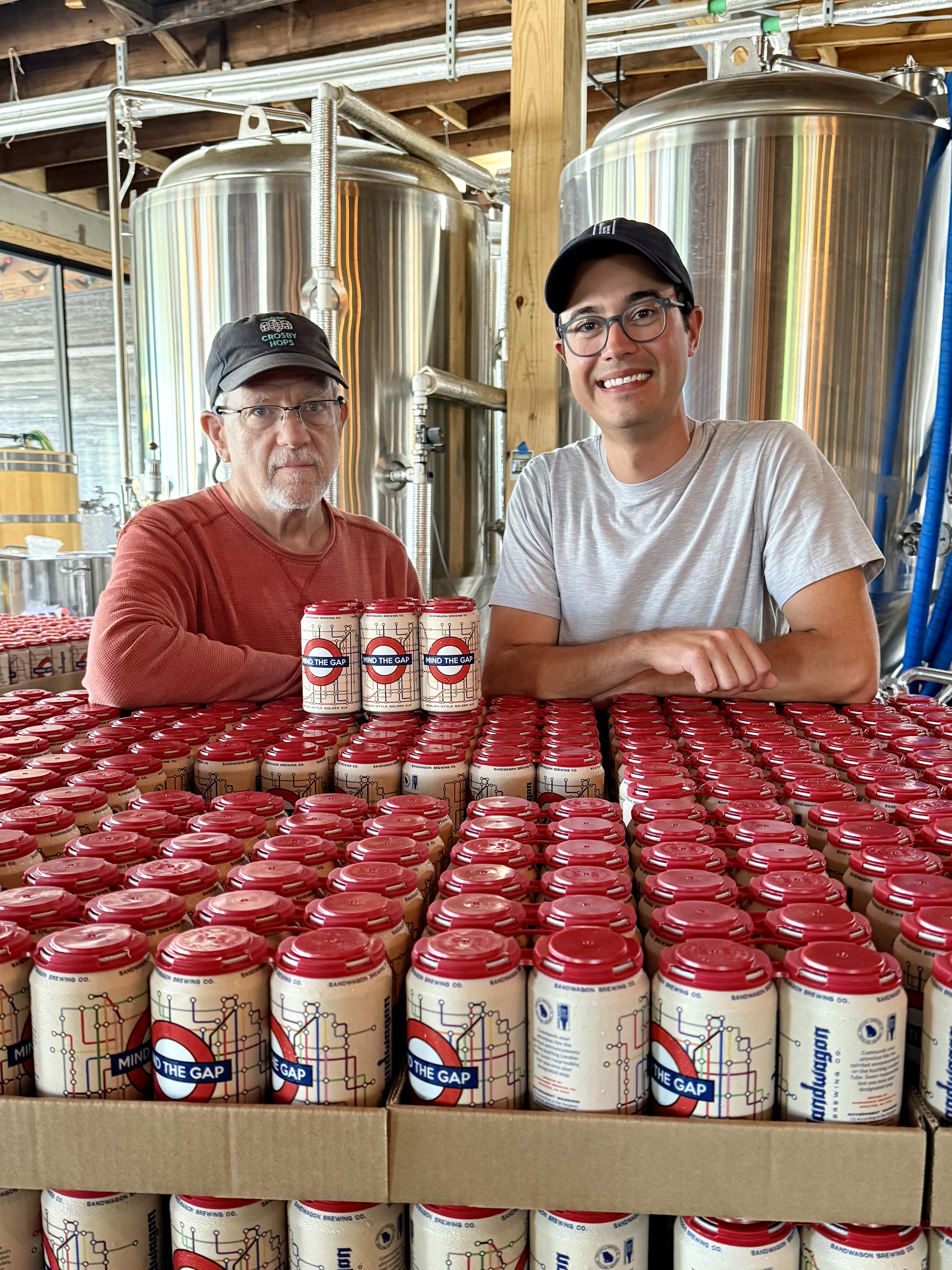EDDIE SEAGLE: How fall color happens
Published 1:30 pm Monday, August 24, 2020

- Eddie Seagle is a Sustainability Verifier, Golf Environment Organization (Scotland), Agronomist and Horticulturalist, CSI: Seagle (Consulting Services International) LLC, Professor Emeritus and Honorary Alumnus (Abraham Baldwin Agricultural College), Distinguished Professor for Teaching and Learning (University System of Georgia) and Short Term Missionary (Heritage Church, Moultrie). Direct inquiries to csi_seagle@yahoo.com.
“There is a time in the last few days of summer when the ripeness of autumn fills the air.” Rudolfo Anaya. “I enjoyed the whole process of learning and was always happy when autumn came and school or college started up again.” Claire Tomalin. “My favourite season is autumn, and I love walking through woods.” Lucy Davis.
As August prepares to introduce September, autumn leaves will be another month closer to displaying their fall colors throughout the land. Have you ever wondered how fall color happens? It is a magnificent view brought to us by Almighty God for our observation and pleasure with nature changing seasons.
The green pigments are due to chlorophyll production. These pigments dominate during the spring and summer, thus masking the other pigments in the leaves. The yellow pigments are a result of the presence of the carotenoids and have been present in the leaf cells throughout the life of the leaf. These pigments provide the yellow hues that leaves exhibit when the chlorophylls are not present.
The red or purple pigments are a result of the presence of the anthocyanins which form in the cell sap of some species in late summer and fall. The combination of chlorophyll reduction and sugar breakdown in the presence of bright sunlight, cooler temperatures, and the transfer of phosphorus from the leaf to the stems produces the red and purple anthocyanin pigments which are seen in the maples and other plant species.
The orange pigments are a result of the presence of both the carotenoids and the anthocyanins. This combination brings out the awesome display of orange colors in trees. And, the brown pigments are a result of the presence of the tannins which are seen in the oaks and similar trees. The tannins essentially act as a defense system for plants against pathogens, herbivores and poor environmental conditions.
Where can you find places to witness such magnificent fall colors?
As mother nature would have it, the awesome display of fall coloration is magnified as different tree species are found in mixed populations throughout our forests and woodlands. The beauty of such fall coloration in trees can be witnessed across the United States in parks, urban areas, the countryside, and the mountains (from home landscapes to secluded areas). To observe magnificent displays of color, identify and visit an area that is full of deciduous trees before they drop their leaves.
The number of leaf-lookers in the fall on the weekends has grown dramatically in recent years. This also means that the highways and byways will be more heavily trafficked, thus realize that traffic may be problematic with fender-benders and slow-moving vehicles. Once you get closer to such natural displays of color, what might have been a 30-minute drive under normal conditions could develop into a very slow journey during peak leaf-looking days and hours. However, the view is priceless and well-worth the time and effort if you have the patience.
Some awesome places for leaf viewing include the northeast (New England area) which is famous for its diverse display of several bright colors. Also, the Rocky Mountains are known for the contrasting color of Aspen trees (yellows) next to dark green conifers. And, the Smokey Mountains definitely exhibit a colorful viewing which is well-worth the drive-through. Furthermore, from the Boston Mountains in Arkansas through the Appalachian Mountains to the Allegheny Mountains, beautiful fall color abounds.
Many scenic highways and by-ways are identified as the route to select for viewing the fall colors at their very best (ie. Blue Ridge Parkway). Also, all the national forests have unlimited viewing areas in many states in all regions across the country. Enjoy the view as you become one of the millions of leaf-lookers in the fall.
What trees exhibit beautiful fall colors? Here are a few examples which are not necessarily recommendations but listed to recognize color representation.
The bald cypress offers a unique combination of being deciduous and a conifer which creates a splendid orange red color. The black tupelo is known for its spectacular fall foliage and can have many shades of color on the same branch including yellow, orange, bright red, purple, and scarlet hues. Also, it is a bird-friendly tree.
The Japanese maple is a versatile choice for fall color (reddish-purple) with brilliance throughout the year. The red maple is a traditional fall tree offering either deep red or yellow fall colors. The red maple is most appropriately named since part of the tree is red throughout each season of the year.
The sassafras offers a magnificent display of fall colors including deep orange, scarlet, purple and yellow. The sourwood is another tree offering fantastic fall colors of yellow, red and purple. The sugar maple exhibits interesting color changes throughout the year from several shades of green in the summer to yellow and orange to red in the fall. And, the sweetgum is known for its star-shaped leaves in spring and summer which turn yellow, purple and red in the fall.
Others include Trident maple (orange-red), serviceberry (yellow to orange), river birch (salmon-white exfoliating bark), Katsura tree (yellow-orange heart-shaped leaves), and flowering dogwood (red). Also, franklinia (orange-red), male ginkgo (yellow), goldenrain tree (showy papery fruit capsules), Chinese pistache (yellow to orange-red), Sargent cherry (yellow to red), Yoshino cherry (yellow), Callery pear (red), and Japanese stewartia (yellow to red).
Think in terms of native and sustainable plants in the landscape. May this bit of awareness spark your desire to ask questions, learn, and practice environmental stewardship and sustainability.
As you are driving each day, be on the lookout for children playing and bicyclists riding along the streets and roadways throughout our communities. Pay attention to school buses and respect their stop signs and other signals as they transport our children to and from school and home. And remember to safely share the road with motorcycles. Drive alert and arrive alive.
“I consider that our present sufferings are not worth comparing with the glory that will be revealed in us.” Romans 8:18. “As long as the earth endures, seedtime and harvest, cold and heat, summer and winter, day and night will never cease.” Genesis 8:22. “Not only so, but we ourselves, who have the firstfruits of the Spirit, groan inwardly as we wait eagerly for our adoption as sons, the redemption of our bodies.” Romans 8:23.
Eddie Seagle is a Sustainability Verifier, Golf Environment Organization (Scotland), Agronomist and Horticulturalist, CSI: Seagle (Consulting Services International) LLC, Professor Emeritus and Honorary Alumnus (Abraham Baldwin Agricultural College), Distinguished Professor for Teaching and Learning (University System of Georgia) and Short Term Missionary (Heritage Church, Moultrie). Direct inquiries to csi_seagle@yahoo.com.





